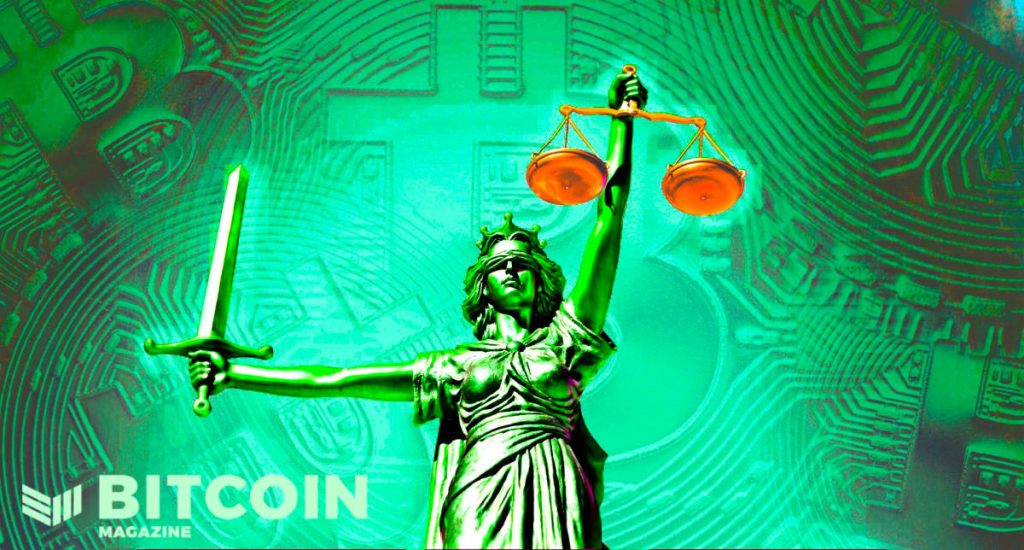
Bitcoin’s Role In The Recent Digital Asset Regulation
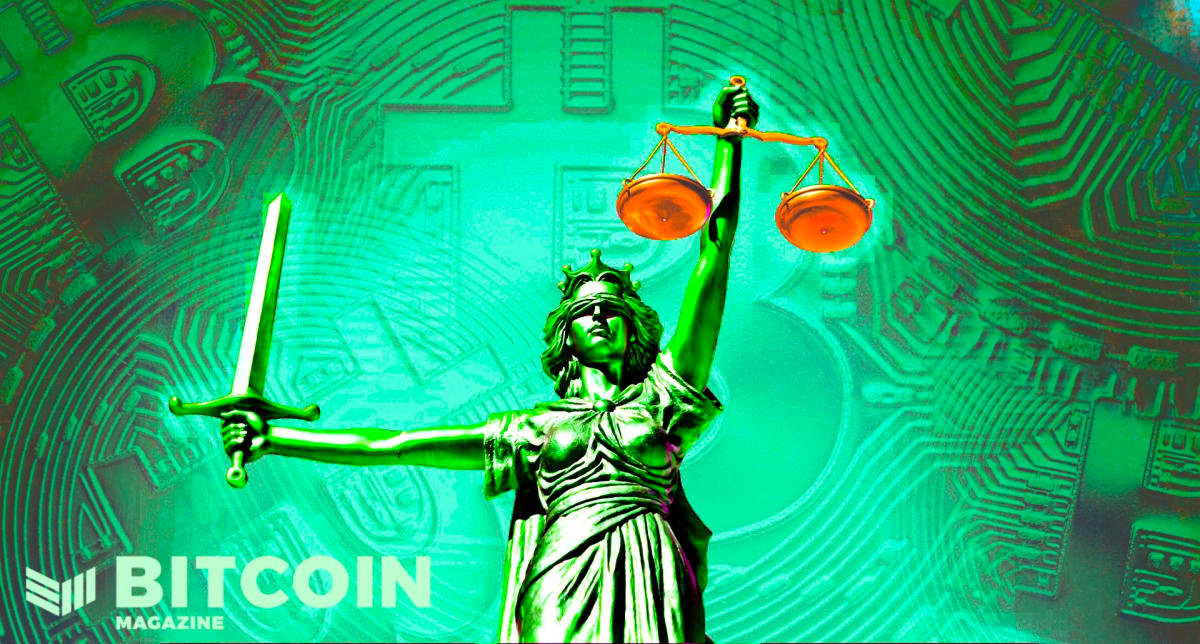
It is critical that both lawmakers and consumers understand the natural protections that Bitcoin gives them as a result of its decentralized design.
Firstly, With DeFi scams, exploits and collapses becoming more and more common within the digital asset space,
the need for comprehensive regulation that protects consumers has never been more important.
While the space has often fought against oversight from any sort of centralized body,
the popularity of modern-day digital assets and the plethora of applications that have
been built using blockchain technology have necessitated the need for some level of regulatory guidance,
especially to safeguard citizens from predatory financial schemes
that only serve to fill the pockets of the creators and their stakeholders.
Note: The cypherpunk group that originally came up with many of the ideas
surrounding digital assets valued cryptography as a tool to protect oneself against authoritarian governments.
The purpose of this article is to provide an overview of Bitcoin’s role in digital asset regulation,
and why its differences from a majority of other cryptocurrencies should encourage regulators to view it in a different light.
Secondly, This past week, Wyoming Senator Cynthia Lummis, in a bipartisan collaborative effort with New York Senator Kirsten Gillibrand, released a proposal for regulation surrounding cryptocurrencies and other digital assets.
This mostly pertains to security and taxation laws in the United States,
but if passed, could serve as a standard for other jurisdictions.
This proposal is certainly good news for cryptocurrency developers and users;
it serves to ensure that the United States can become
a leader in digital asset innovation while protecting its own citizens against fraudulent schemes.
While the entirety of the proposal is beyond the scope of this article, the major takeaways follow, as reported in this article in Fortune:
- Digital assets, including bitcoin, are to be treated as ancillary assets, or commodities. This will make the Commodity Futures Trading Commission (CFTC) the major regulatory body overseeing digital assets rather than the Securities and Exchange Commision (SEC).
- It clarifies the definition of a crypto broker, thus protecting developers working on Bitcoin wallets, Lighting clients, or other tools from the same reporting requirements that may be levied upon a custodial centralized exchange such as Coinbase.
- It mandates that companies raising capital from the sale of digital assets disclose those sales to the SEC.
Thirdly, While this bill does codify and introduce some authority and oversight to the space, among others.
Senator Lummis in particular has long been a staunch supporter of Bitcoin,
and unlike her contemporaries, is focusing on innovation rather than just the potential downside of its energy consumption.
Bitcoin’s design, however, gives it some unique advantages that should serve to make it a unique asset in terms of both user protection and broader regulation.
For starters, a lot of disclosure and transparency concerns surrounding other base-layer platforms do not apply to Bitcoin (they may apply to companies building sub assets or other products on top of the Bitcoin blockchain) because of the lack of a centralized organization that oversees Bitcoin’s operations.
You will often hear the adage that bitcoin is the purest form of digital money because it does not offer, or even try to offer, anything different.
After all, a lot of alternative platforms have played an active role in helping to decentralize the internet,
and have also allowed stablecoins (along with bitcoin)
to be an alternative financial instrument for those of us who are less fortunate.
Rather, it is meant to underscore the fact that bitcoin is the best form of digital money specifically because of its simplicity.
In a previous article, I argued that it is Bitcoin, rather than the broader cryptocurrency market, that is helping to fight authorianism and acting as a tool for financial freedom.
A variation of the same argument applies to differentiating
Bitcoin when it comes to thinking of regulation specifications for digital assets.
The core ethos that separates Bitcoin from other protocols is its decentralization.
Rather, perhaps the most important part of measuring decentralization is the
decision-making power any centralized party has to make long-standing decisions for the protocol.
A majority of, if not all, alternative platforms have some form of foundation
or organization that makes significant protocol or tokenomic (the economics of the underlying asset) decisions.
In many cases, there may be some form of governance or voting mechanism that enables holders to vote on certain proposals.
While this is certainly more decentralized than your traditional Web 2.0 protocol, let’s present Bitcoin’s decision-making protocol.
In Bitcoin, anyone can make a proposal for a protocol change through a Bitcoin improvement proposal (BIP). Most significantly, there is no centralized authority that may influence the decision of miners. Bitcoin is much more akin to a software rather than a company, unlike alternative platforms.
(The anonymous creator/founder has completely removed themself from the public eye, and has not made any transactions with their own bitcoin for almost a decade.)
It is specifically this decentralization that allows Bitcoin to be a tool for human rights activists and those living in authoritarian countries.
In Conclusion, Senator Lummis’ and Senator Gillibrand’s proposal takes a massive step
in the right direction by specifically differentiating between protocols/assets
that have characteristics of a traditional company and those that are independent,
autonomous and helping to create legitimate change within our society.



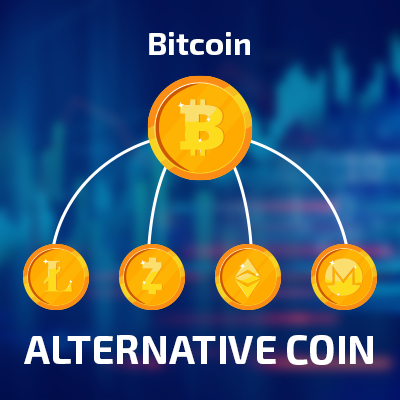
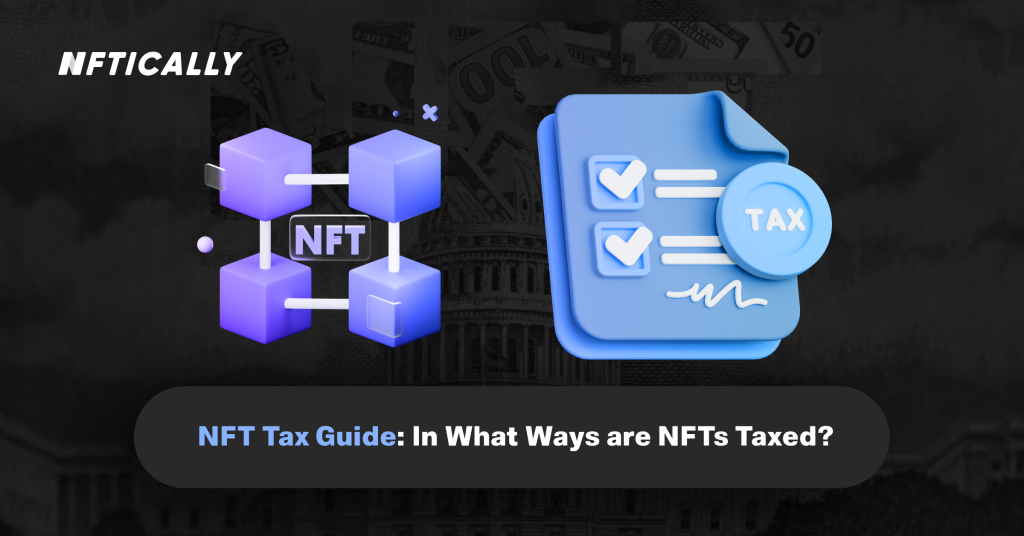
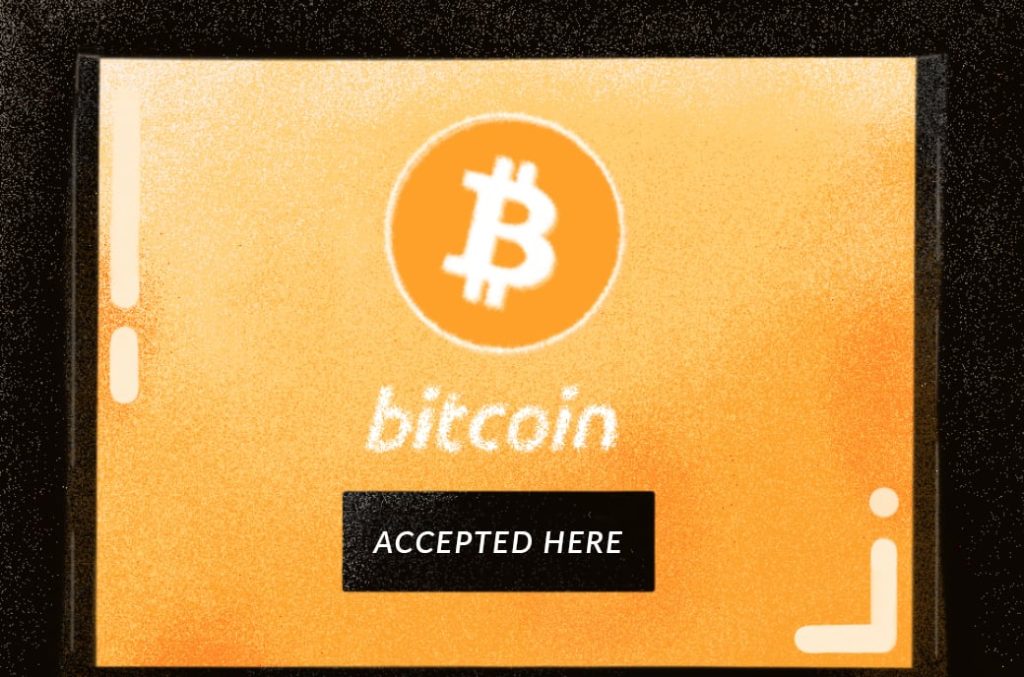
Responses